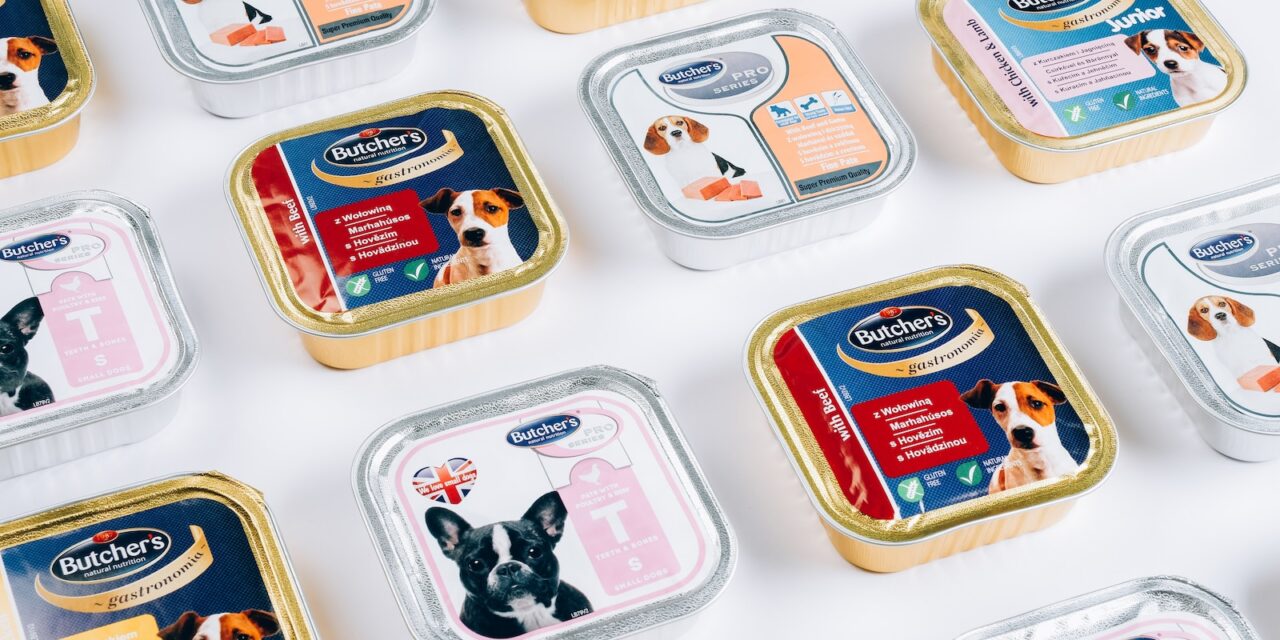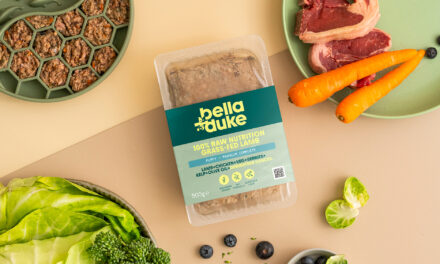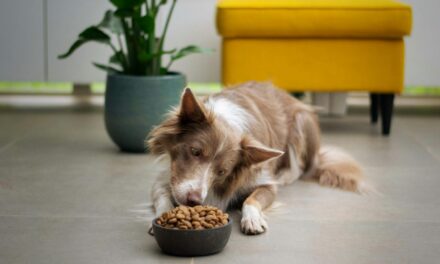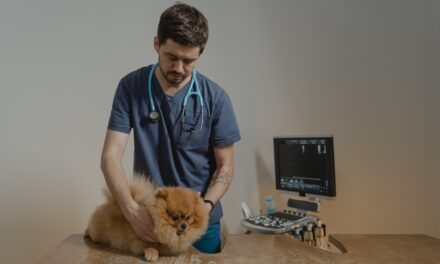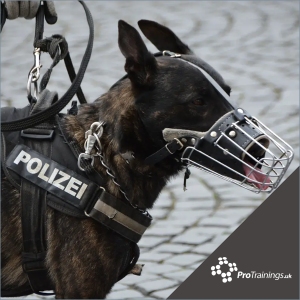Allied Market Research has unveiled its latest report, which indicates that the global pet food testing market, which recorded $6.9 billion in 2022, is poised to reach $11.4 billion by 2032, exhibiting a compound annual growth rate (CAGR) of 5.2% from 2023 onwards.
The report is titled “Pet Food Testing Market by Type (Label Validation and Marketability Testing, Nutritional Analysis, Packaging Leak Detection, Stability Study, Others), by Application (Dog Food, Cat Food, Others), by Pet Food Type (Dry, Wet, Snacks and Treats): Global Opportunity Analysis and Industry Forecast, 2023-2032.”
Key Growth Factors
The surge in global expenditure on pet products and services, coupled with an increased emphasis on rigorous testing measures, is propelling the expansion of the pet food testing market. A discernible rise in consumer awareness regarding pet food ingredients, coupled with a growing preference for premium and personalised offerings, is contributing to the sector’s upward trajectory. Despite these positive trends, challenges such as escalating operational costs, market fragmentation, and heightened competition, especially among smaller enterprises, pose potential obstacles to market growth. Conversely, the market is witnessing growth opportunities driven by heightened consumer focus on personalised pet nutrition, an increased awareness of ingredient quality, and a notable surge in pet adoption rates.
The COVID-19 pandemic has exerted a notable influence on the global pet food testing market, presenting operational challenges that temporarily hindered growth. Supply chain disruptions and constraints on remote work compelled testing laboratories to operate at reduced capacity, disrupting the seamless flow of testing procedures. However, the pandemic underscored the significance of pet food safety, resulting in an augmented demand for stringent testing measures. In the post-pandemic landscape, a renewed emphasis on health and safety is expected to act as a catalyst, driving the pet food testing market’s recovery and fostering innovations to meet evolving industry needs.
Sub-Segment Analysis: Nutritional Analysis Takes Centre Stage
Within the pet food testing market, the nutritional analysis sub-segment claimed a significant share of 28.6% in 2022 and is projected to achieve the highest CAGR by 2032. Nutritional analysis plays a pivotal role for pet food manufacturers, ensuring compliance with regulations, meeting required nutritional standards, and substantiating claims. As pet owners also increasingly seek transparency and detailed information about pet food, comprehensive nutritional analysis services offer a competitive advantage, building trust and loyalty.
The dog food sub-segment dominated the market in 2022, securing a substantial share of 41.6%, and is predicted to maintain its dominance with a major share of 39.1% by 2032. This supremacy is attributed to the growing adoption of advanced testing methods, including spectroscopy and chromatography, enhancing the depth and reliability of nutritional analysis. These technological advancements ensure compliance with regulatory standards, providing a competitive edge to the dog food sub-segment.
Emerging Trends in Pet Food Types: Dry Sub-Segment on the Rise
In terms of pet food types, the dry sub-segment captured a noteworthy share of 61.1% in 2022 and is expected to exhibit the highest CAGR by 2032. The preference for dry pet food is driven by factors such as an extended shelf-life, ease of storage, and cost-effectiveness, contributing to its growing popularity in the market.
The global pet food testing market’s trajectory reveals a dynamic landscape shaped by evolving consumer preferences, regulatory considerations, and technological advancements. Additionally, as the industry navigates through challenges and opportunities, stakeholders are keenly watching the trends that will define the future of pet food testing.
